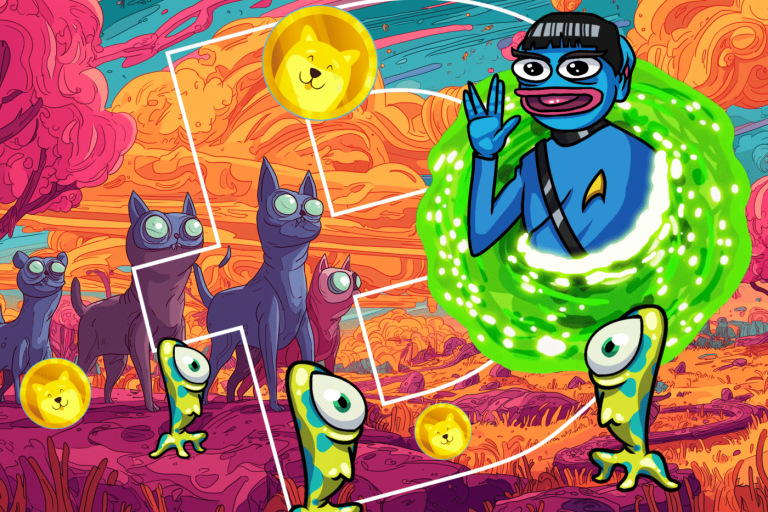
“
From Stardust to Dreams: Imagining Life Beyond the Stars
Introduction to the Cosmos
From Stardust to Dreams: Imagining Life Beyond the Stars is a journey through the vast expanse of space, exploring the possibilities of life beyond our planet. As we gaze up at the night sky, we are reminded of the infinite mysteries that lie beyond our world. The stars, galaxies, and planets that populate the universe are a testament to the awe-inspiring beauty and complexity of creation.
The study of astronomy has long been a source of fascination for humans, with ancient civilizations recognizing the importance of the stars and their movements. From the earliest recorded astronomical observations to the latest advancements in space exploration, our understanding of the universe has grown exponentially. Today, we know that the universe is home to billions of galaxies, each containing billions of stars, and that the potential for life beyond Earth is a very real possibility. For a deeper dive into this subject, check out The Infinite Universe of Imagination: Beyond Celestial Boundaries.
The Search for Life Beyond Earth
The search for life beyond Earth is an ongoing and intriguing area of research, with scientists using a variety of methods to detect signs of life on other planets. From the study of exoplanet atmospheres to the search for radio signals from advanced civilizations, the possibilities are endless. The discovery of exoplanets, which are planets that orbit stars other than the Sun, has opened up new avenues for research, with many of these planets believed to be located in the habitable zones of their respective stars. For more on this topic, read Charting New Realms: The Journey of Imagination Beyond the Stars.
The habitable zone, also known as the Goldilocks zone, is the region around a star where temperatures are just right for liquid water to exist on a planet’s surface. Liquid water is essential for life as we know it, and the presence of this vital ingredient is a key indicator of a planet’s potential to support life. The search for life beyond Earth is not just about finding planets that are similar to our own, but also about understanding the conditions that are necessary for life to emerge and thrive.
Imagining Life Beyond the Stars
As we continue to explore the universe and search for signs of life beyond Earth, we are forced to consider the possibilities of what life might look like on other planets. Will it be similar to life on Earth, or will it be entirely alien? The answer to this question is still unknown, but it is an exciting area of speculation and research. From the possibility of microbial life on Mars to the potential for advanced civilizations on distant planets, the possibilities are endless. For a creative perspective on this, explore Stellar Inspirations: Unleashing Creativity Beyond the Stars.
The concept of life beyond the stars is not just about the search for extraterrestrial life, but also about the potential for human exploration and settlement of other planets. As our technology advances and we become increasingly capable of traveling to other planets, the possibility of establishing human settlements beyond Earth becomes more realistic. The moon, Mars, and other destinations in our solar system are all potential targets for human exploration and settlement, and the implications of such endeavors are profound.
Conclusion and Takeaways
In conclusion, the journey from stardust to dreams is a long and winding one, filled with mysteries and wonders beyond our wildest imagination. As we continue to explore the universe and search for signs of life beyond Earth, we are reminded of the infinite possibilities that lie before us. The search for life beyond Earth is not just about finding answers to our questions, but also about exploring the unknown and pushing the boundaries of human knowledge and understanding.
Takeaways:
- The universe is vast and complex, with billions of galaxies and stars.
- The search for life beyond Earth is an ongoing area of research, with scientists using a variety of methods to detect signs of life on other planets.
- The habitable zone, or Goldilocks zone, is the region around a star where temperatures are just right for liquid water to exist on a planet’s surface.
- The possibility of life beyond Earth is a very real one, with many exoplanets believed to be located in the habitable zones of their respective stars.
- Human exploration and settlement of other planets is a potential area of future research and development.






